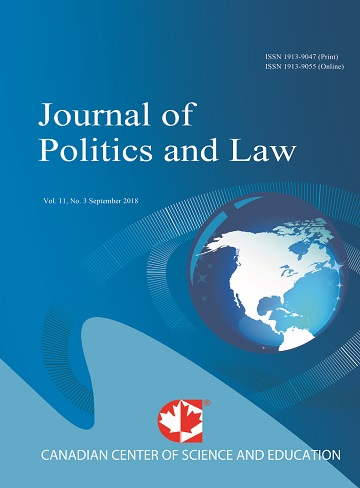City and Urban Social Justice, Analyzing and Evaluating Regional Inequalities (Case Study: Eight Urban Deteriorated Districts of Zahedan City)
- Fereshte Sheybani Moghadam
- Behrouz Darvish
- Tayebeh Sargolzaee Javan
Abstract
Dissolution of distribution system of urban services centers has been one of the most important consequences of the rapid growth of urbanization and physical development of Iranian cities within recent decades. It has brought about social inequalities for citizens in terms of taking advantage of such services. The public urban services forms the physical, social and spatial nature of a city; hence, unfair distribution of such services will impose an irrecoverable influence on both the structure and nature of the city and class-based segregation of districts of the city on the one hand and has brought about serious challenges for the urban management. This study tries to explain life quality levels in the urban deteriorated fabric of Zahedan City based on 38 life quality indexes and their relationship with the urban land uses per capita across different districts; 10-use per capita has been used. Over-18-year-old citizens living in deteriorated districts of Zahedan City constitutes population of this study. Totally 258789 people live in such districts. A total of 384 people were selected as the sample of the study using random sampling and Cochran’s formula. A descriptive-analytical method was followed to conduct the study. Initially, exploratory studies and preliminary visits were arranged and then it was followed by the field study, using survey method. Entropy and COPRAS methods were used to determine the sample size of the questionnaires given population of each district and finally to analyze and rank districts. The results showed that per capita distribution of urban services across the districts 4, 3 and 5 was better than the standard per capita issued by the Ministry of Housing and Urban Development and they were closer to the ideal condition. However, there was a large gap between distribution per capita in districts 2, 1, 7 and 8 and the standard per capita and the positive ideal and they have not ideal condition. According to the life quality indexes, accessing to primary schools is the most important item for the citizens and this item is not ideal in these districts and is the first item in the urban services accessibility indexes. Finally, the results of rating districts based on urban per capita and life quality indexes indicate that there is a weak relationship between urban per capita and life quality indexes; as only a district out of eight ones showed an equal rate.- Full Text:
 PDF
PDF
- DOI:10.5539/jpl.v9n6p112
Journal Metrics
h-index (2017): 14
i10-index (2017): 39
h5-index (2017): 9
h5-median (2017): 11
Index
- Academic Journals Database
- ACNP
- ANVUR (Italian National Agency for the Evaluation of Universities and Research Institutes)
- Berkeley Library
- CNKI Scholar
- COPAC
- CrossRef
- DTU Library
- EBSCOhost
- Elektronische Zeitschriftenbibliothek (EZB)
- EuroPub Database
- Excellence in Research for Australia (ERA)
- Genamics JournalSeek
- GETIT@YALE (Yale University Library)
- Ghent University Library
- Google Scholar
- Harvard Library
- HeinOnline
- INDEX ISLAMICUS
- Infotrieve
- Jisc Library Hub Discover
- JournalGuide
- JournalTOCs
- LOCKSS
- MIAR
- Mir@bel
- NewJour
- Norwegian Centre for Research Data (NSD)
- Open J-Gate
- PKP Open Archives Harvester
- Publons
- Pubmed journal list
- RePEc
- ROAD
- Scilit
- SHERPA/RoMEO
- Standard Periodical Directory
- Stanford Libraries
- UCR Library
- Ulrich's
- UniCat
- Universe Digital Library
- UoS Library
- WorldCat
- Zeitschriften Daten Bank (ZDB)
Contact
- William TaiEditorial Assistant
- jpl@ccsenet.org
